Biodiversity Abounds: Stunning Photos of the Amazon
The Amazon River
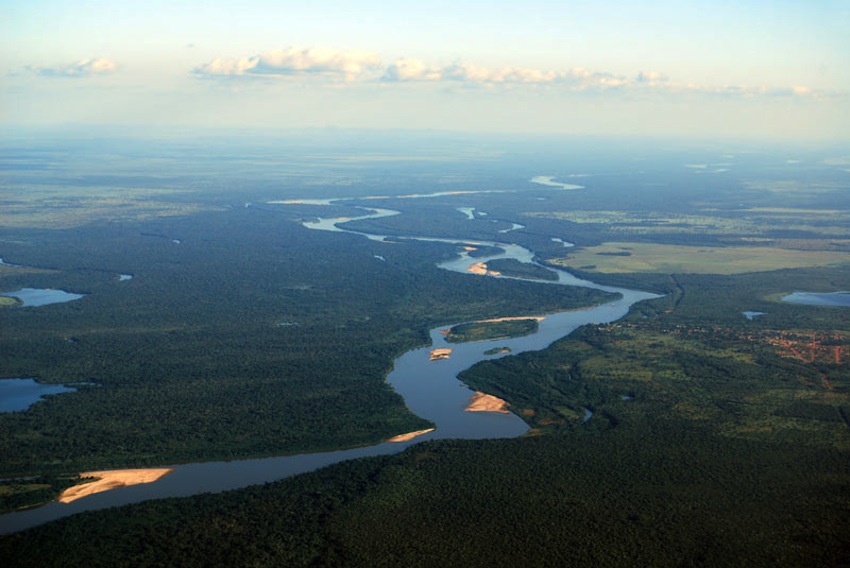
The Amazon River flows for more than 4,100 miles (6,600 km); within its hundreds of tributaries and streams are the largest number of freshwater fish species in the world.
Amazon Fisherman
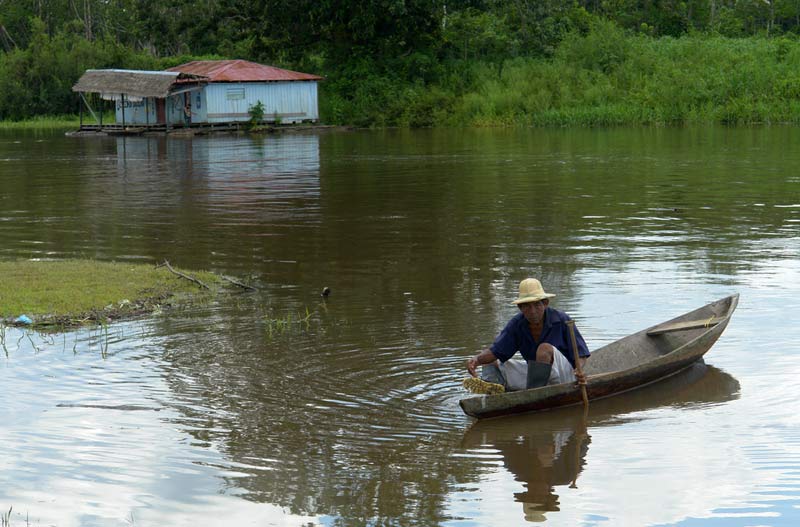
About 30 million people live in the Amazon, including more than 300 indigenous groups, according to the World Wildlife Fund (WWF).
Vast Rain Forest

The Amazon rain forest covers an area of 2.6 milloin square miles (6.7 million square kilometers), or twice the size of India, over eight countries: Brazil, Bolivia, Peru, Colombia, Ecuador, Guyana, Suriname, Venezuela, plus French Guiana.
Frogs Delight
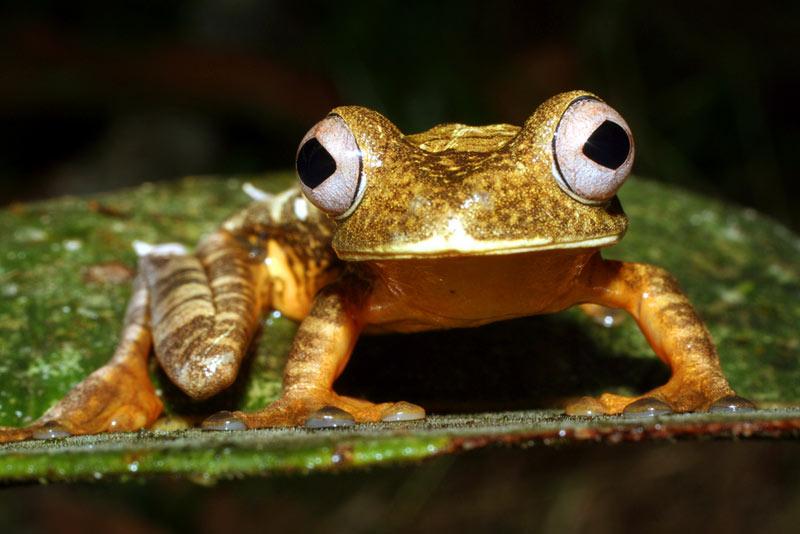
The tropical region is, as expected, warm and humid, with average temperatures of 82.2 (27.9 degrees Celsius) during the dry season and 78.4 F (25.8 C) during the rainy season – perfect for frogs like this Map Tree frog (Hypsiboas geographicus).
Jaguar Refuge
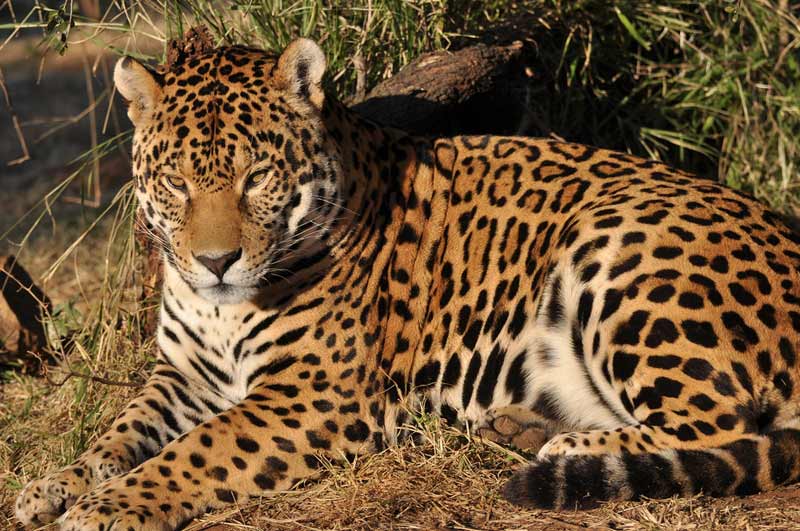
The Amazon is one of Earth's last refuges for numerous animals, including jaguars like this one. Jaguars are strong swimmers and climbers and require large areas to survive. However, according to WWF, hunting and habitat loss due to deforestatin threaten the survival of these marvelous cats.
Chillin' Sloth
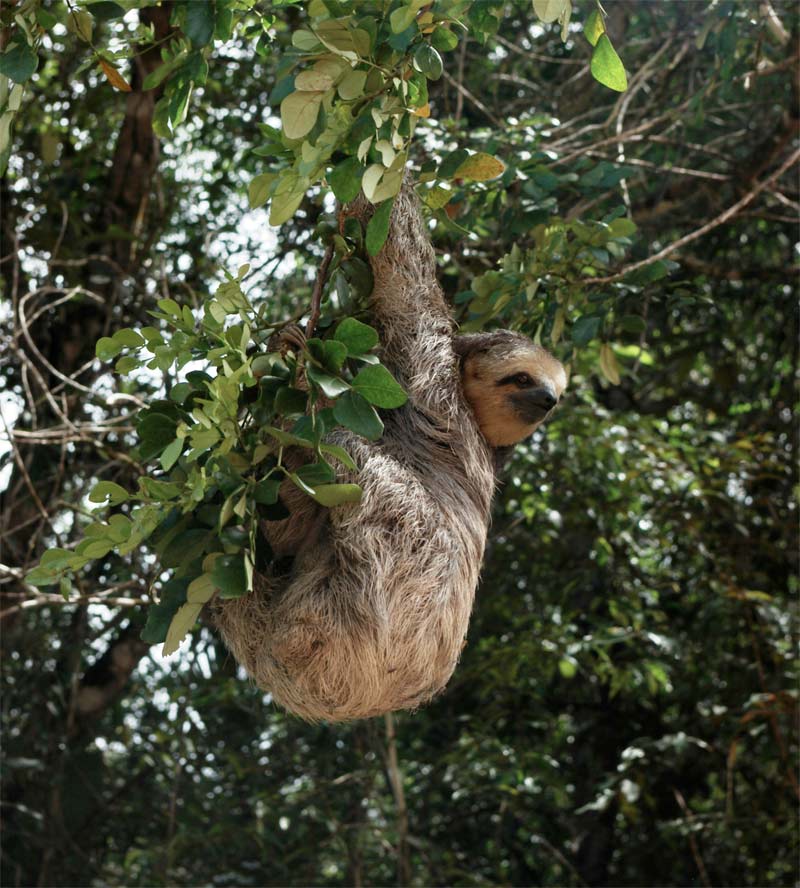
A sloth at the edge of a forest in the Amazon.
Extinctions on the Way

Gloomy news? A study published in the July 13, 2012, issue of the journal Science found that with past deforestation and other threats to wildlife, more than 80 percent of species extinctions are still impending. Shown here, the stark forest edge of the Amazon.
Get the world’s most fascinating discoveries delivered straight to your inbox.
Deforestation Damage

Slash and burn in the Amazon.
Burning Shows No Bounds

During the last half century, the seemingly endless Amazon has lost at least 17 percent of its forest cover, according to WWF. Shown here, a burnt Amazon forest.
Jeanna Bryner is managing editor of Scientific American. Previously she was editor in chief of Live Science and, prior to that, an editor at Scholastic's Science World magazine. Bryner has an English degree from Salisbury University, a master's degree in biogeochemistry and environmental sciences from the University of Maryland and a graduate science journalism degree from New York University. She has worked as a biologist in Florida, where she monitored wetlands and did field surveys for endangered species, including the gorgeous Florida Scrub Jay. She also received an ocean sciences journalism fellowship from the Woods Hole Oceanographic Institution. She is a firm believer that science is for everyone and that just about everything can be viewed through the lens of science.


